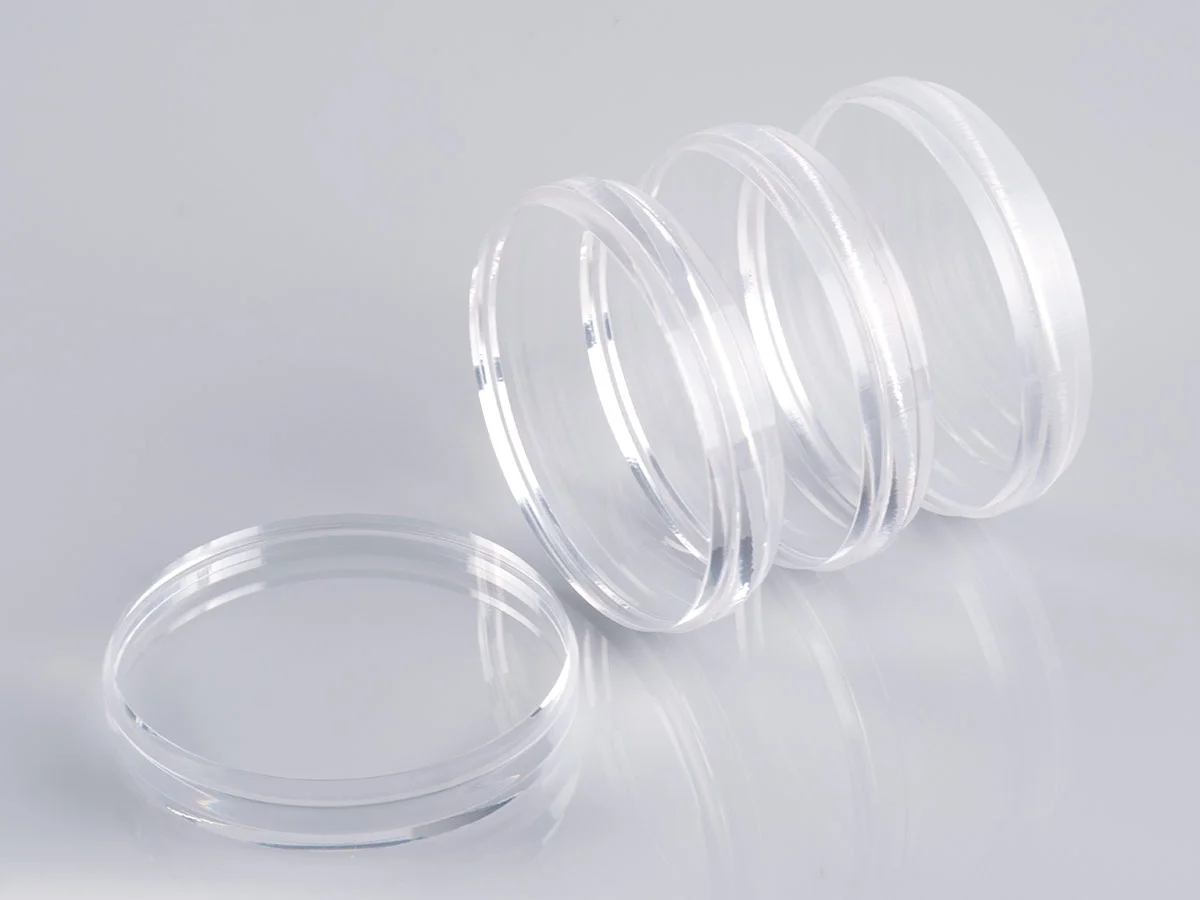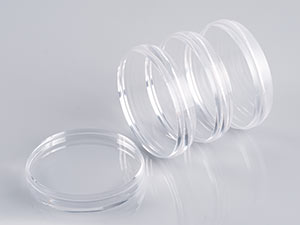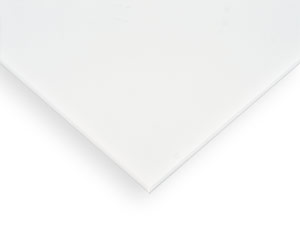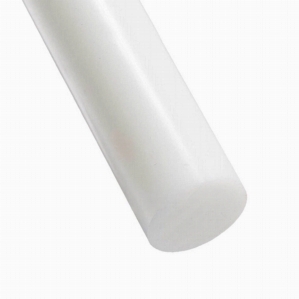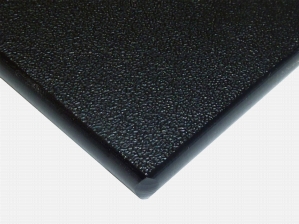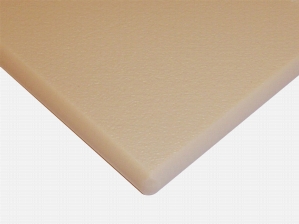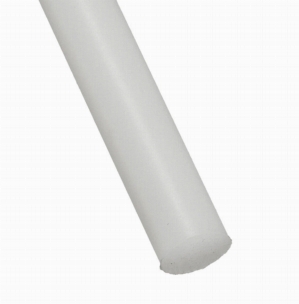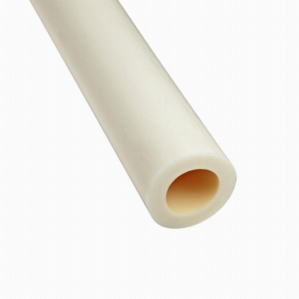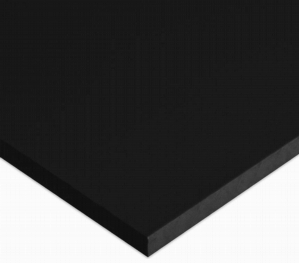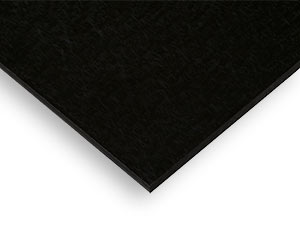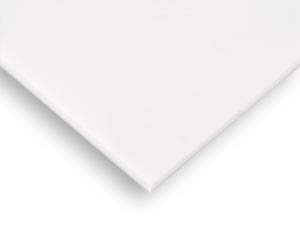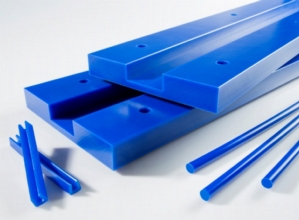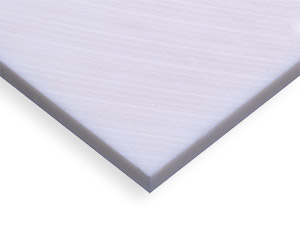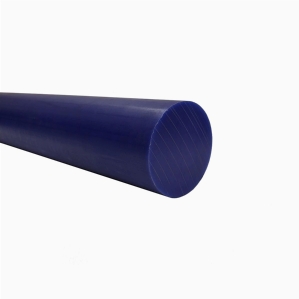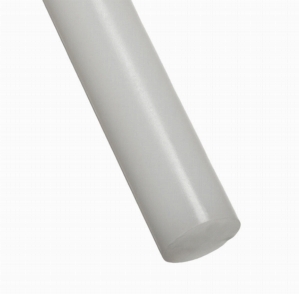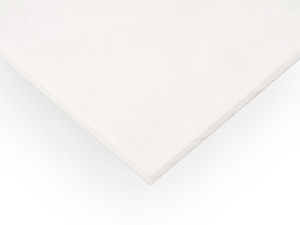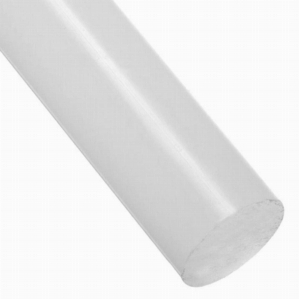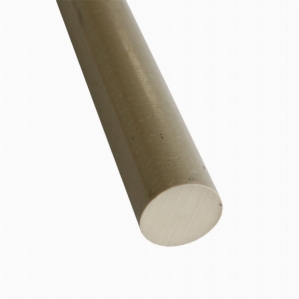Dental milling and occlusal splint discs are precision milled to make occlusal splints and dentures.
High Density Polyethylene is durable and used in many industrial applications.
A very light and extremely tough, chemically resistant plastic.
Marine Board withstands the rigors of harsh outdoor marine environments.
King Starboard withstands the rigors of harsh outdoor marine environments.
Marine Board withstands the rigors of harsh outdoor marine environments.
Marine Board withstands the rigors of harsh outdoor marine environments.
Marine Board withstands the rigors of harsh outdoor marine environments.
Marine Board withstands the rigors of harsh outdoor marine environments.
High Density Polyethylene Shim Stock is durable and used in many industrial applications.
LDPE is used for its toughness and is more flexible than HDPE.
NYLOIL-FG is a self lubricating Nylon bearing material approved for food contact.
Nylon has a combination of toughness, dimensional stability, wear resistance, and versatility.
Nylon has a combination of toughness, dimensional stability, wear resistance, and versatility.
Polypropylene is a thermoplastic polymer used in a wide variety of applications.
Polypropylene is a thermoplastic polymer used in a wide variety of applications.
Polypropylene is a thermoplastic polymer used in a wide variety of applications.
Acetal is a tough, stable engineering thermoplastic.
Delrin® offers an excellent balance of properties that bridge the gap between metals and plastic.
Acetal is a tough, stable engineering thermoplastic.
Delrin® vs Acetal - Delrin® sheets and Delrin® plastic offer an excellent balance of properties.
A blue FDA compliant copolymer acetal sheet.
A blue FDA compliant copolymer acetal rod.
Acetal is a tough, stable engineering thermoplastic.
Acetal is a tough, stable engineering thermoplastic.
Compression molded and skived sheets, extruded profiles, rods and custom-finished parts.
Tivar? H.O.T. maintains key performance properties in an extended temperature range.
A FDA compliant blue colored UHMW rod.
Virgin UHMW is a relatively low cost abrasion, impact, and chemically resistant material.
UHMW is a relatively low cost abrasion, impact, and chemically resistant material.
PTFE offers exceptional resistance to high temperatures, chemicals, corrosion and stress cracking.
PTFE offers exceptional resistance to high temperatures, chemicals, corrosion and stress cracking.
PTFE offers exceptional resistance to high temperatures, chemicals, corrosion and stress cracking.
Low flammability homopolymeric polyvinylidene fluoride rod.
PEEK is high heat resistant engineered thermoplastic with excellent chemical and fatigue resistance.

WARNING: The products on this page can expose you to chemicals including Ethyl acrylate, CAS 140-88-5, which are known to the State of California to cause cancer. For more information go to www.p65warnings.ca.gov.

WARNING: The products on this page can expose you to chemicals including Antimony trioxide, CAS 1309-64-4, which are known to the State of California to cause cancer. For more information go to www.P65Warnings.ca.gov.

WARNING: The products on this page can expose you to chemicals including Tetrafluoroethylene, CAS 116-14-3, which are known to the State of California to cause cancer. For more information go to www.P65Warnings.ca.gov.

WARNING: The products on this page can expose you to chemicals including Tetrafluoroethylene, CAS 116-14-3, which are known to the State of California to cause birth defects or other reproductive harm. For more information go to www.P65Warnings.ca.gov.

WARNING: The products on this page can expose you to chemicals including N,N-Dimethylformamide, CAS 68-12-2, which are known to the State of California to cause cancer. For more information go to www.P65Warnings.ca.gov.

WARNING: The products on this page can expose you to chemicals including METHYLPYRROLIDONE, CAS 872-50-4, which are known to the State of California to cause birth defects or other reproductive harm. For more information go to www.P65Warnings.ca.gov.

WARNING: The products on this page can expose you to chemicals including Ethylene Oxide, CAS 75-21-8, which are known to the State of California to cause cancer. For more information go to www.P65Warnings.ca.gov.

WARNING: The products on this page can expose you to chemicals including Ethylene Oxide, CAS 75-21-8, which are known to the State of California to cause birth defects or other reproductive harm. For more information go to www.P65Warnings.ca.gov.

WARNING: The products on this page can expose you to chemicals including Formaldehyde, CAS 50-00-0, which are known to the State of California to cause cancer. For more information go to www.P65Warnings.ca.gov.

WARNING: The products on this page can expose you to chemicals including Hexachlorobenzene, CAS 118-74-1, which are known to the State of California to cause cancer and birth defects or other reproductive harm. For more information go to www.P65Warnings.ca.gov.

WARNING: The products on this page can expose you to chemicals including Bisphenol A, CAS 80-05-7, which are known to the State of California to cause birth defects or other reproductive harm. For more information go to www.P65Warnings.ca.gov.

